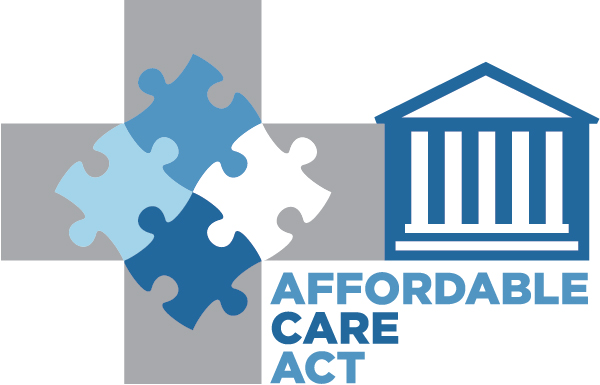Payroll
Experts Predict Sharp Decline in Competition across the ACA Exchanges
A new analysis from Avalere finds that nearly 36 percent of exchange market rating regions may have only one participating insurance carrier offering plans for the 2017 plan year and there may be some sub-region counties where no plans are available.
Aug. 25, 2016

A new analysis from Avalere finds that nearly 36 percent of exchange market rating regions may have only one participating insurance carrier offering plans for the 2017 plan year and there may be some sub-region counties where no plans are available. Nearly 55 percent of exchange market rating regions may have two or fewer carriers. To determine competition levels in the exchanges, Avalere compared carriers that offered plans in 2016 to those that have publicly announced their intentions to scale back participation or exit the exchanges in 2017 (e.g., Aetna, Humana, United, some CO-OPs). While this analysis assumes no new plans enter the market, consumer choice could improve if carriers decide to expand exchange participation.
Rating regions are the geographic areas used to set insurance premiums. In some instances, zip codes or counties are split between rating regions. Consumers may only purchase plans offered within the rating region in which they reside.
“Depending on where consumers live, their choice of insurance plans may decrease for 2017,” said Elizabeth Carpenter, senior vice president at Avalere. “Some exchange enrollees may need to choose another insurance plan in order to maintain coverage.”
In 2016, according to Avalere, only 4 percent of rating regions had only one or fewer participating carriers, while 33 percent had two or fewer carriers participating. Ahead of the 2017 plan year, several large national and regional issuers have indicated they will significantly scale back or no longer participate in the exchange market because of unsustainable financial losses.
“Lower-than-expected enrollment, a high cost population, and troubled risk mitigation programs have led to decreased plan participation for 2017,” said Dan Mendelson, president of Avalere. “Congress and the Administration can choose to stabilize these markets and re-establish competition—but only through a consensus process that brings in a broader swath of the uninsured.”
Avalere’s analysis indicates that seven states (AK, AL, KS, NC, OK, SC, WY) will have only one carrier per rating region in each rating region in the state in 2017 (Figure 2).
How can low-levels of competition in the exchanges be mitigated?
In particular, national and/or state policy solutions could be designed to:
- Improve market stability through enhanced risk mitigation programs, including changes to the risk adjustment transfer formula and permanent reinsurance.
- Change current enrollment rules to minimize adverse selection, including tighter special enrollment period standards, lock-out periods for consumers who delay enrollment, reforms to the 90-day grace period for individuals receiving exchange subsidies, and incentives to encourage enrollees to maintain continuous coverage.
- Encourage more individuals to enroll in coverage to grow the risk pool, including additional funding for outreach, enhanced or reformed subsidies, or stronger mandate standards.
- Introduce new insurance products or market rules to make exchanges more attractive to younger, healthier individuals, including changes to the age rating provisions, new and/or lower-cost plan options, or expanded eligibility for other public programs (i.e., Medicare or Medicaid).
Avalere’s analysis is based on public announcements related to carrier participation. Insurance company participation may change prior to open enrollment on November 1.
Figure 2. 2017 Possible Carrier Participation in Exchange Rating Regions, by State
